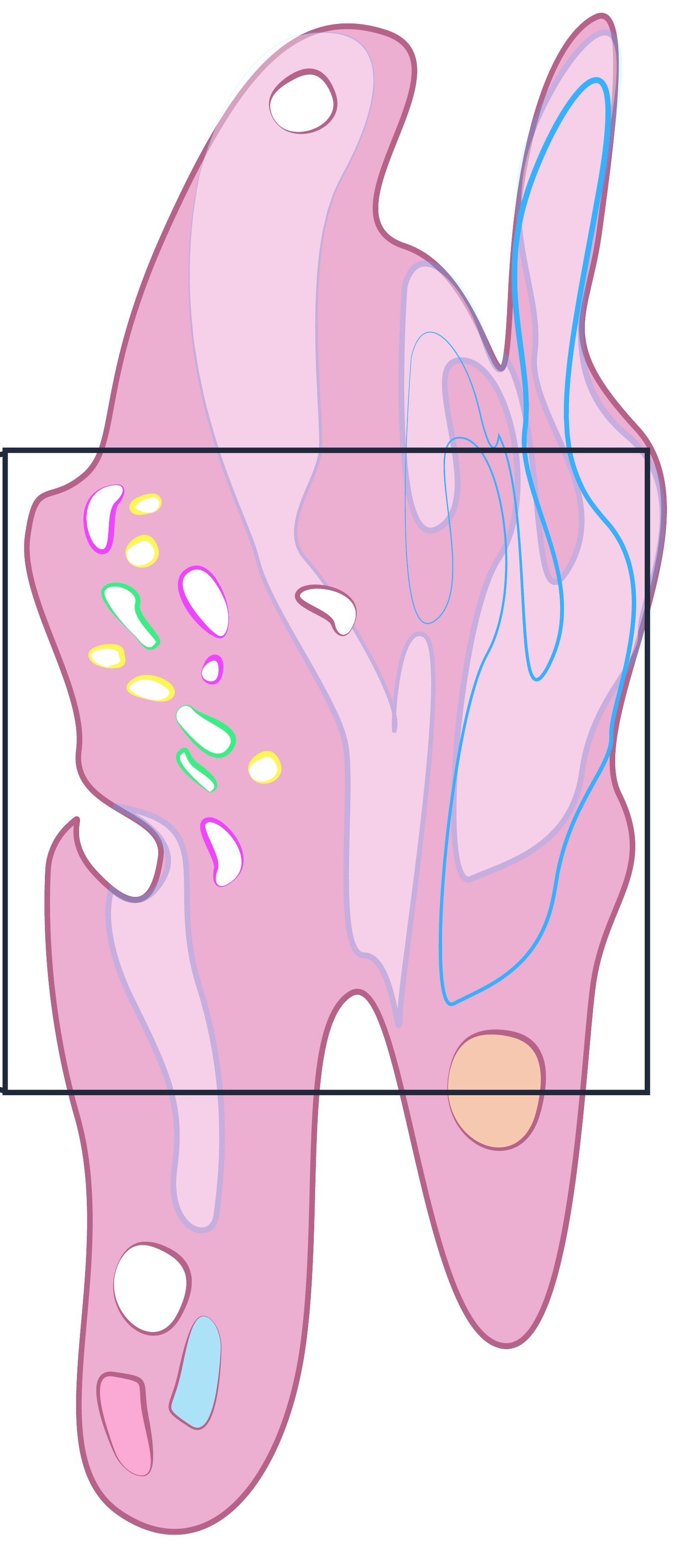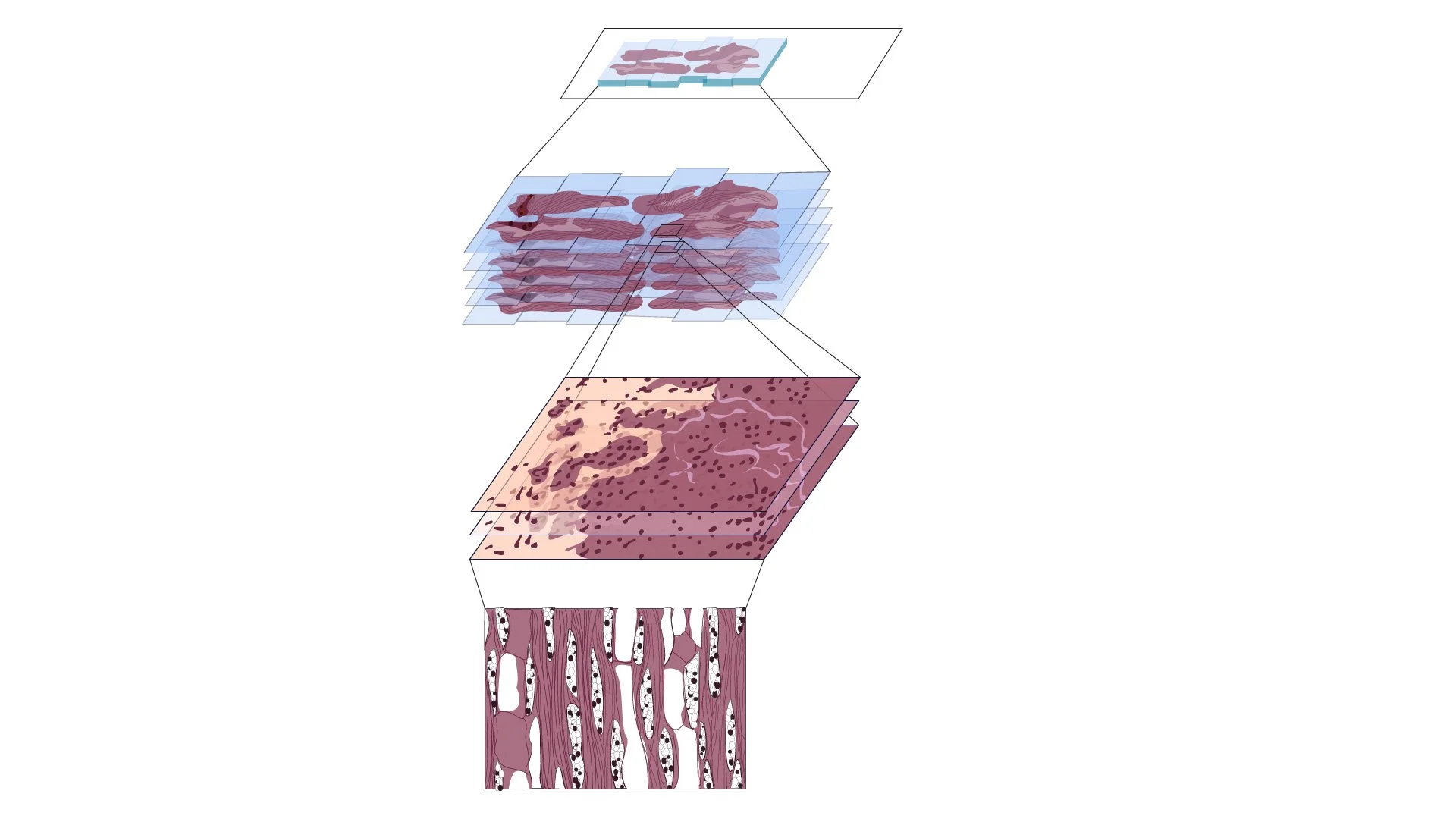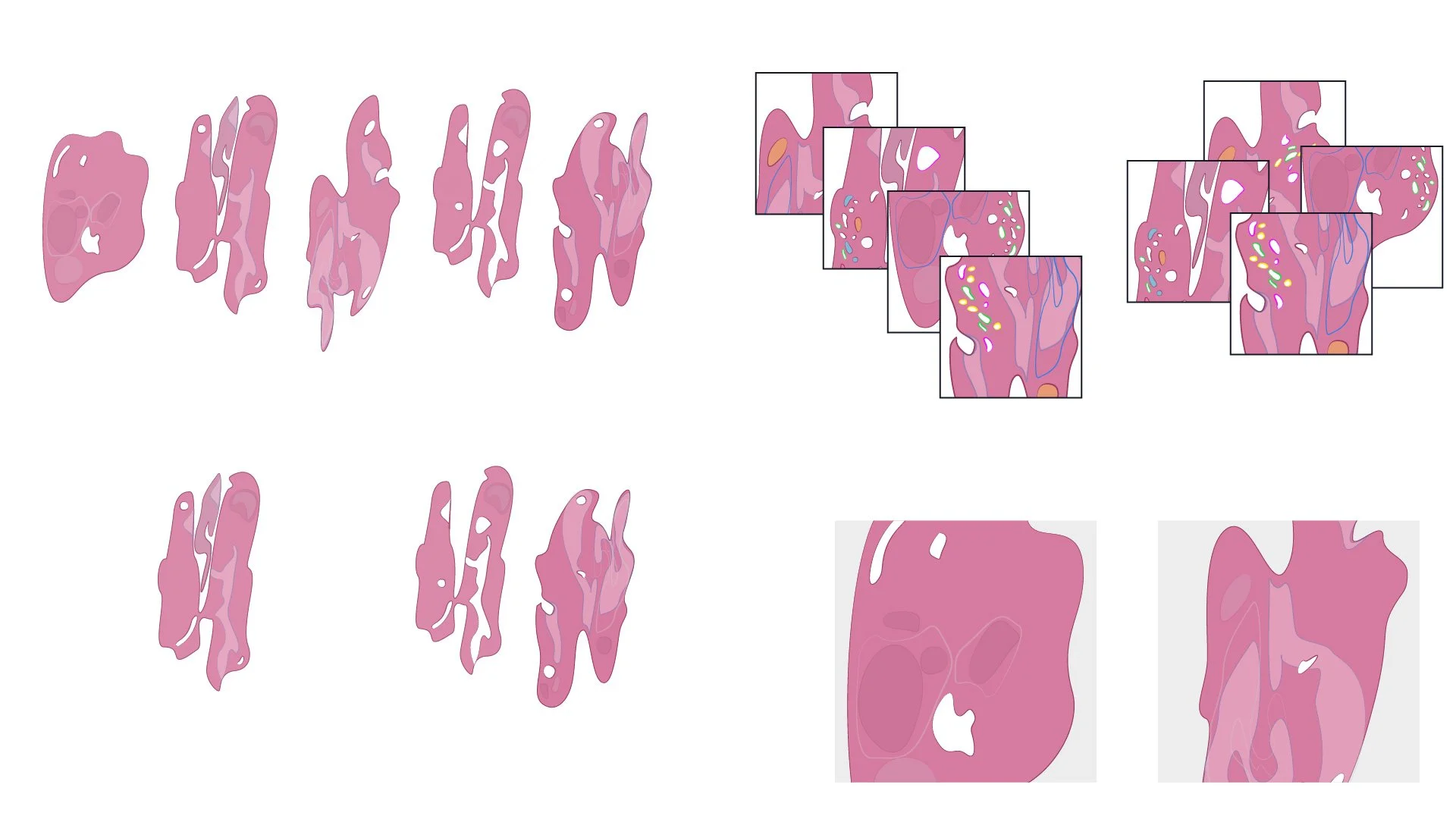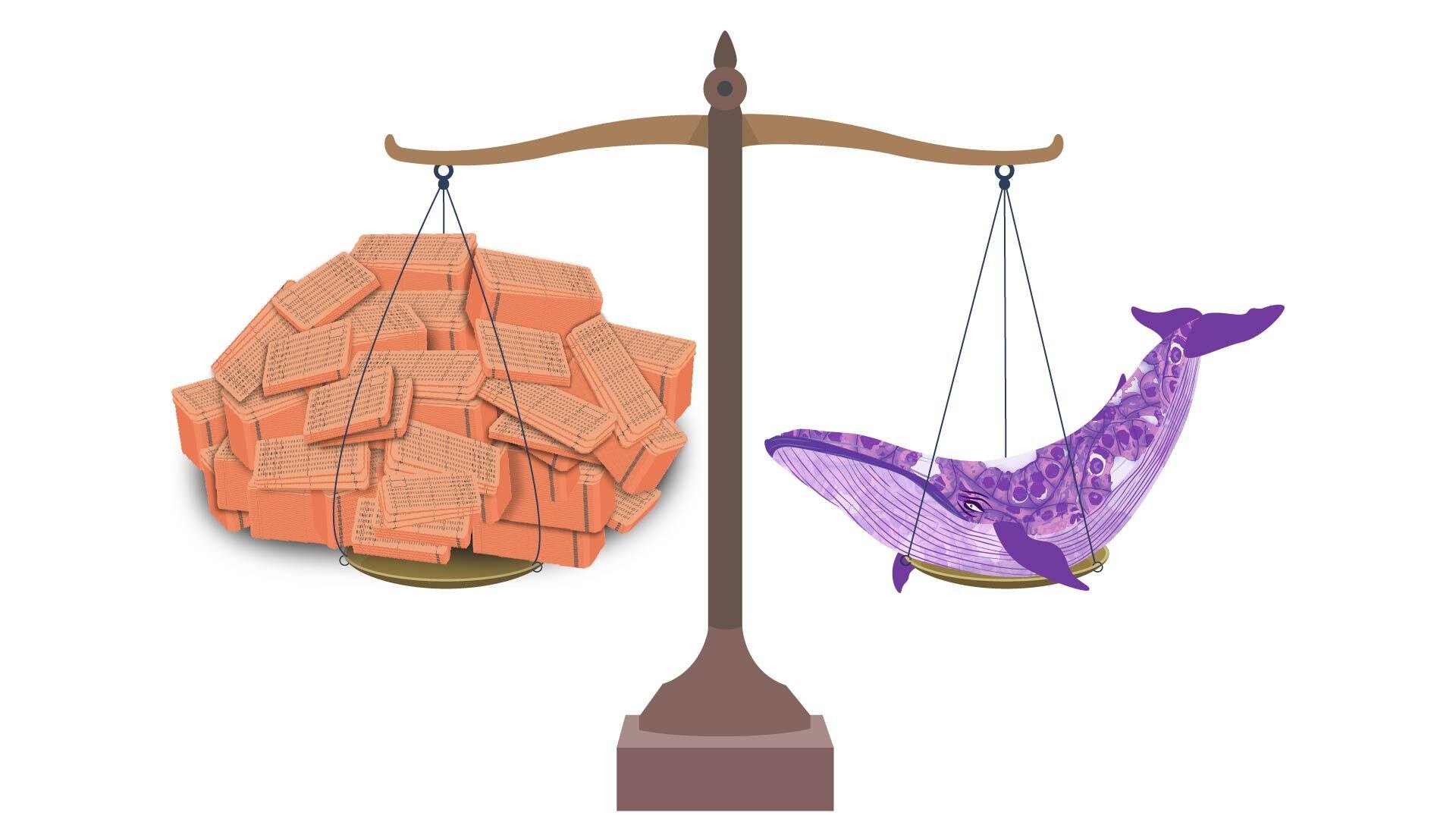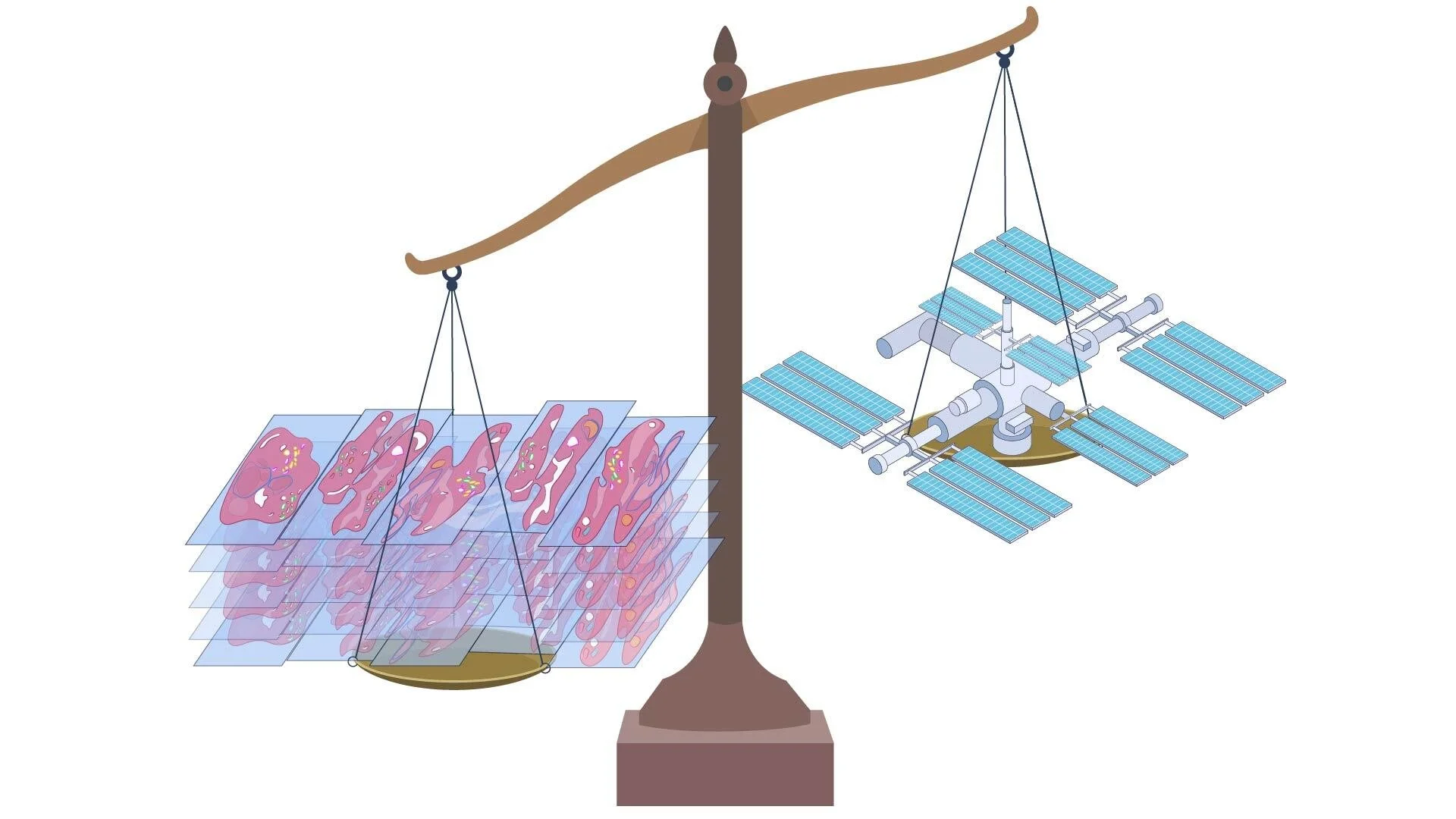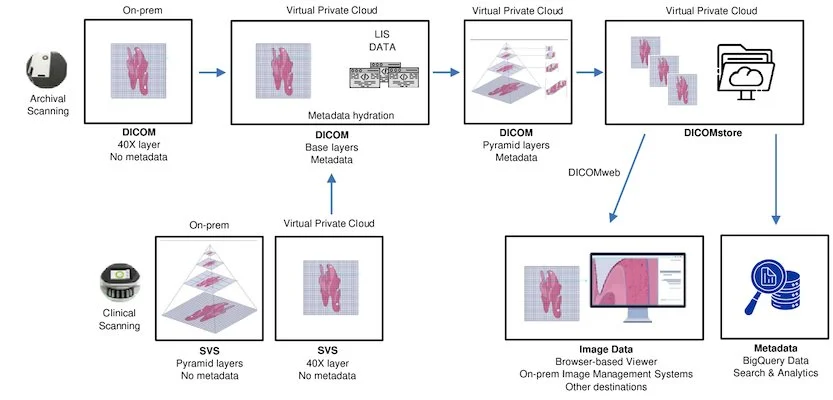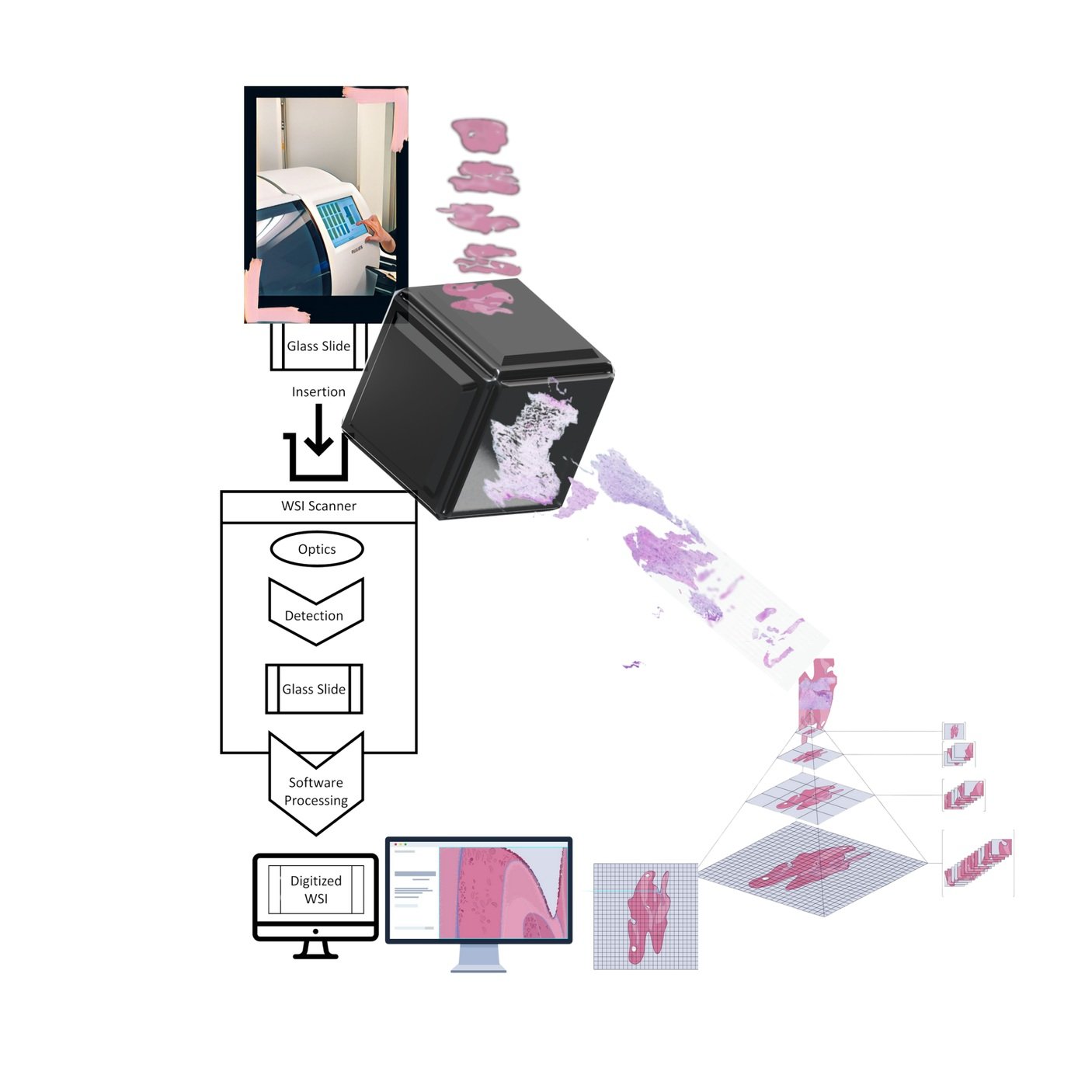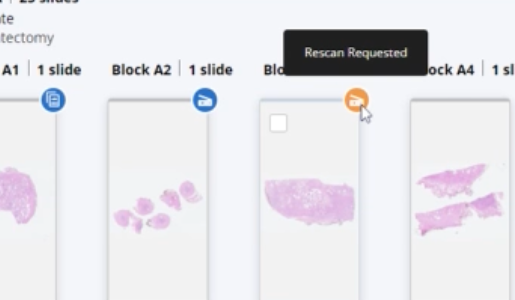Integrating Insights
Digital pathology sits at the heart of AI in healthcare. Bridging the gap between digital imaging data and its clinical interpretation - or ‘explainability’ - ensures AI tools remain accountable and trusted in medical practice.
Enhancing Outcomes
Pathologists are stewards of laboratory data, establishing diagnostic ground truth for AI model validation. With 70% of medical decisions driven by laboratory diagnostics, pathologists' expertise forms the foundation of explainable AI. While current AI solutions focus on imaging, the future lies in integrating broader laboratory data.



